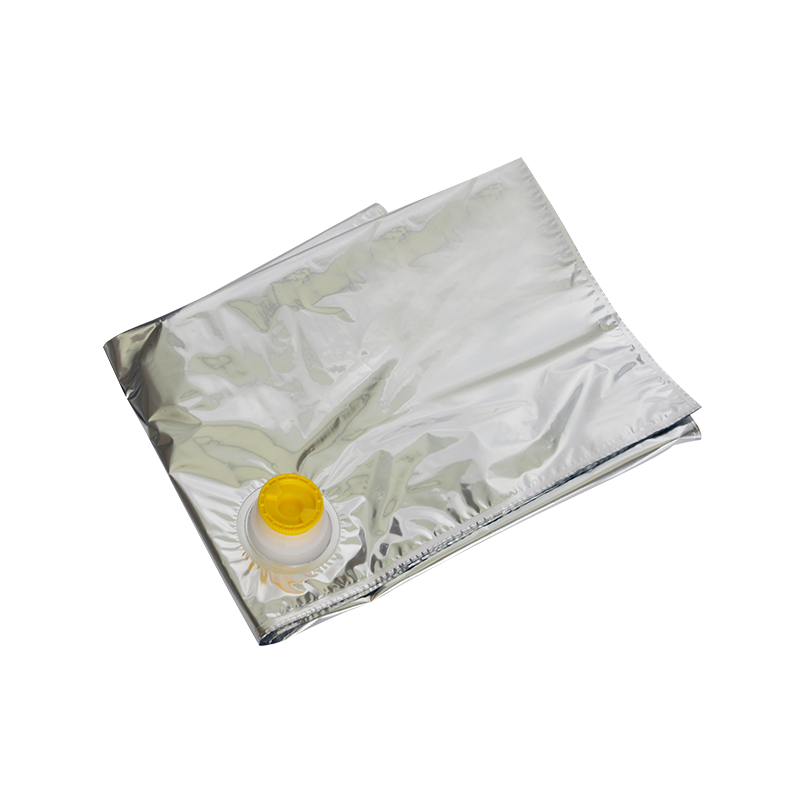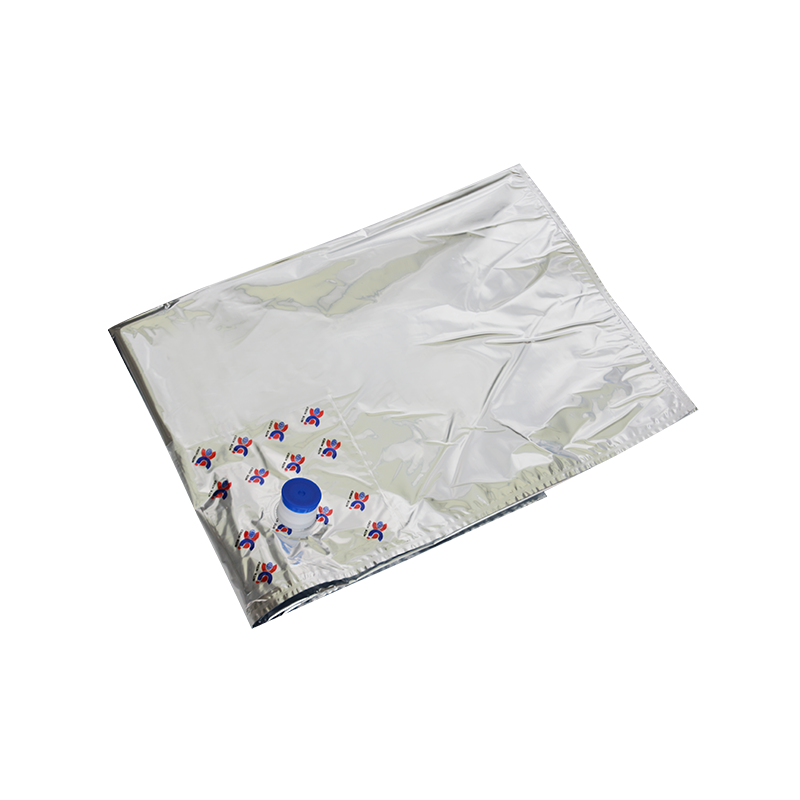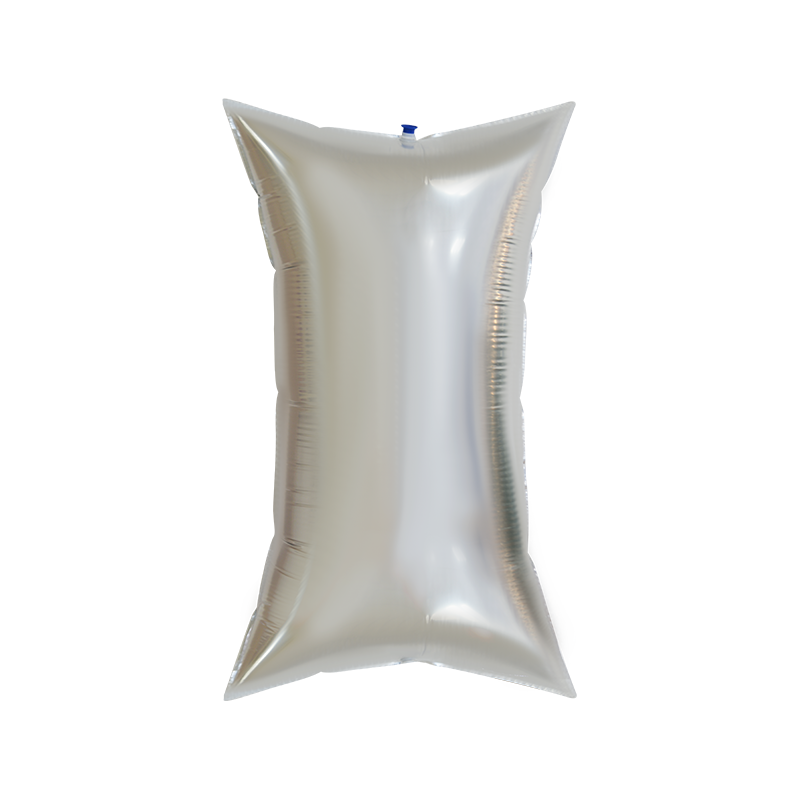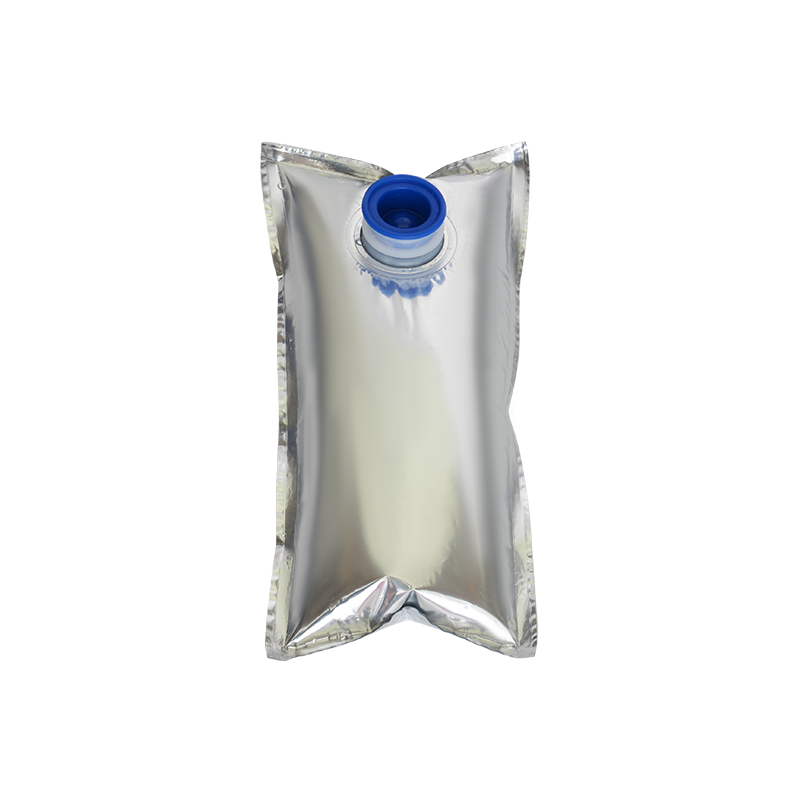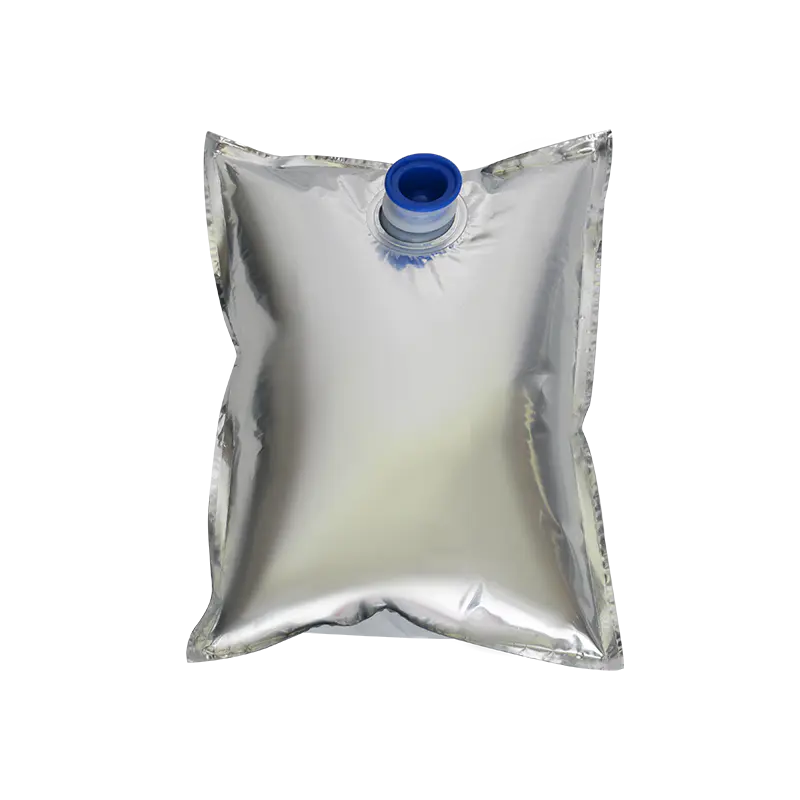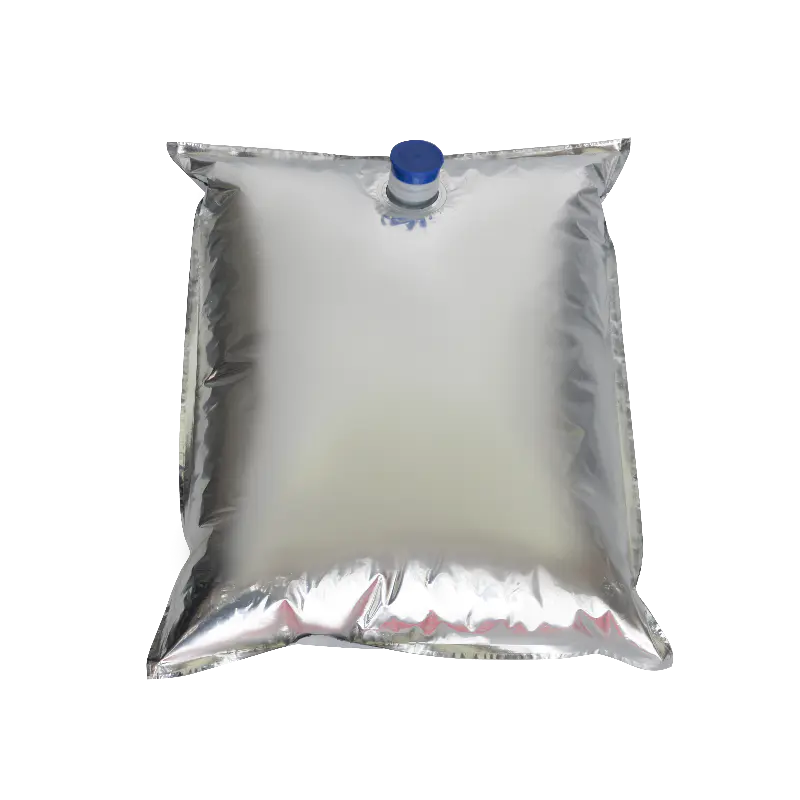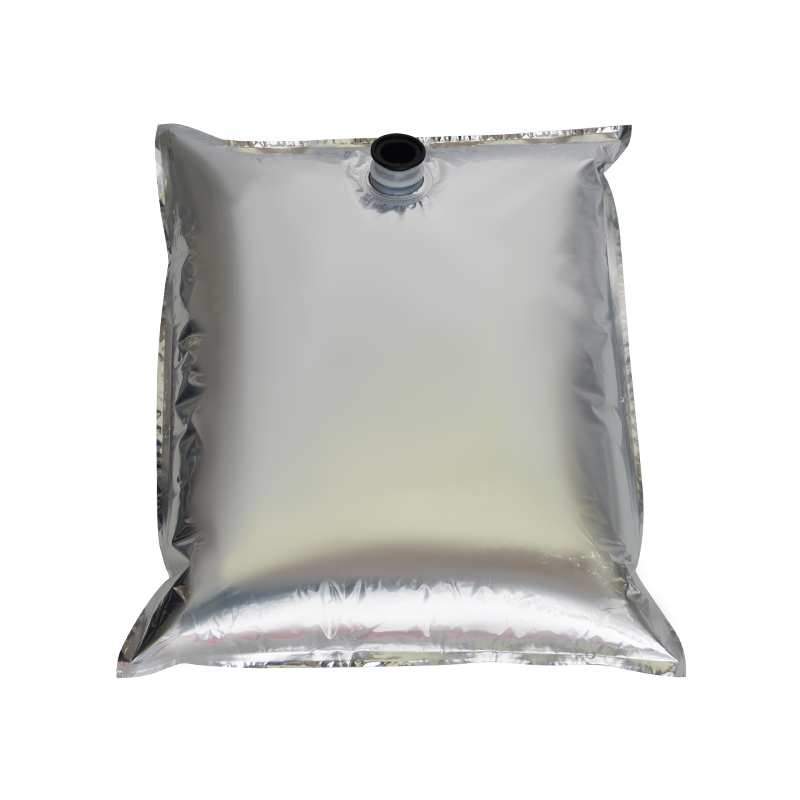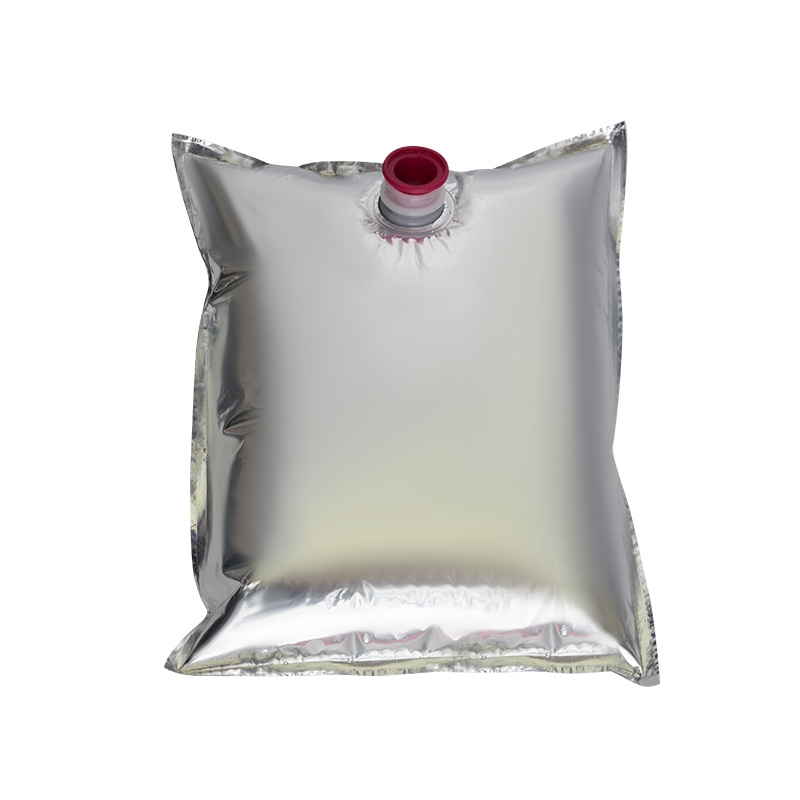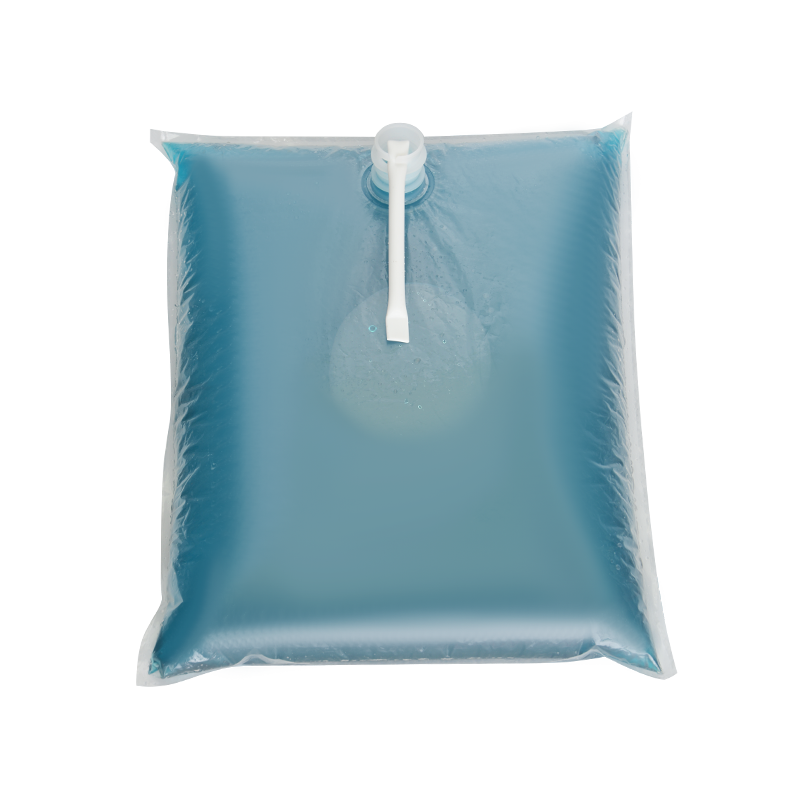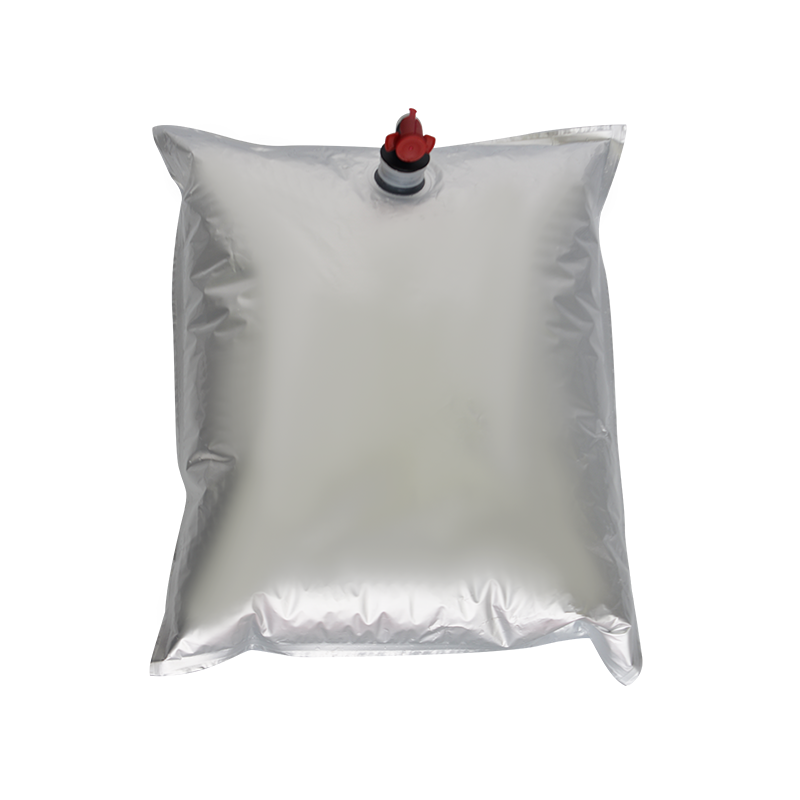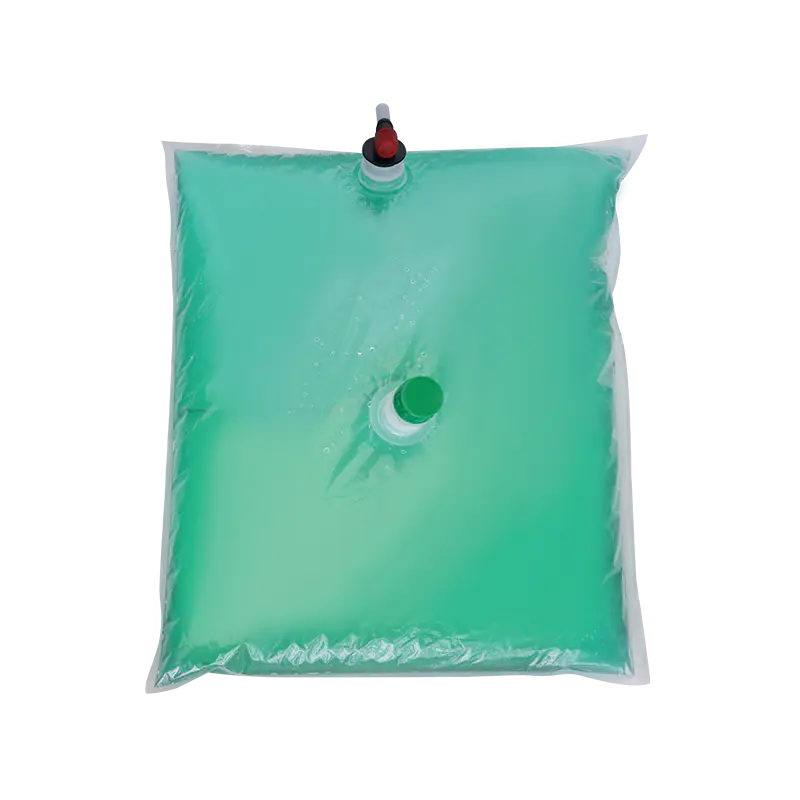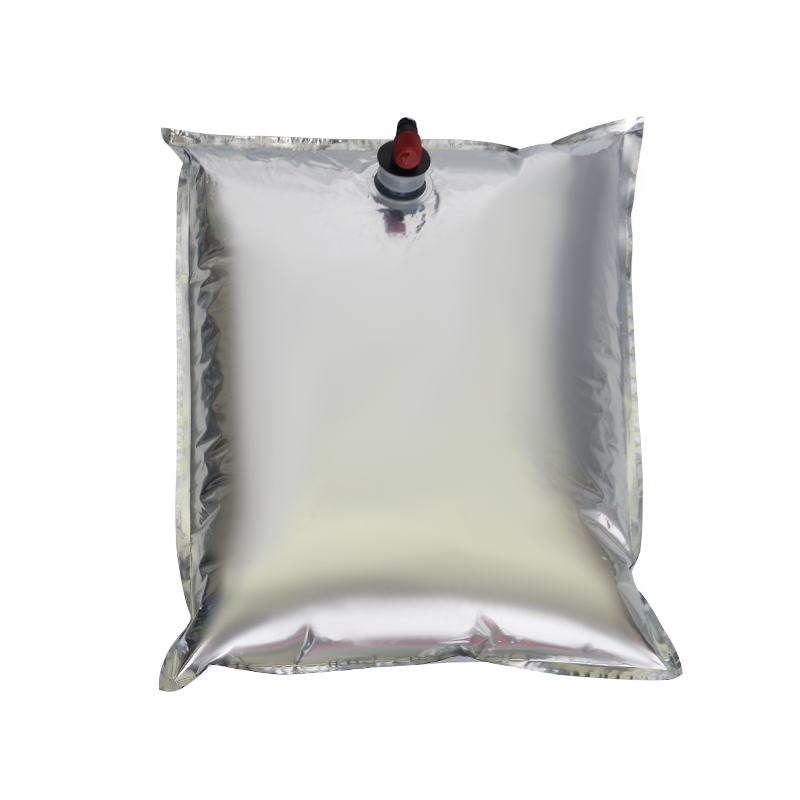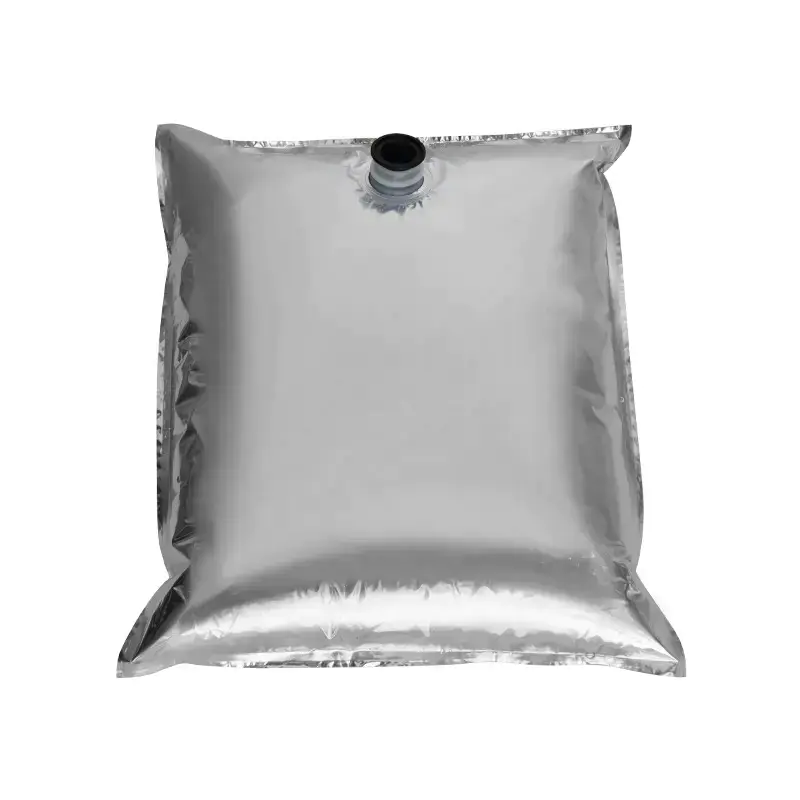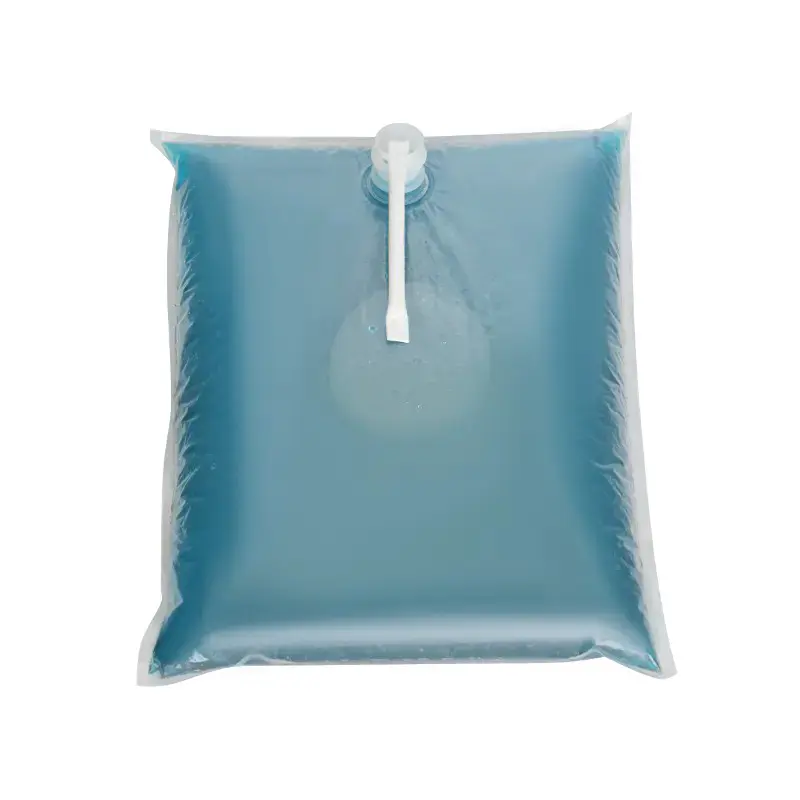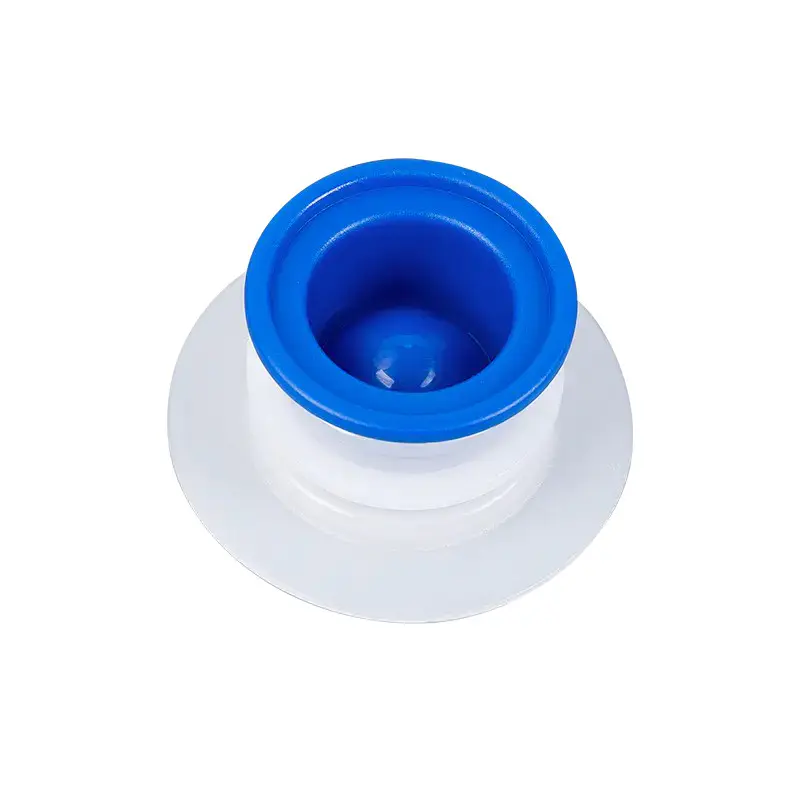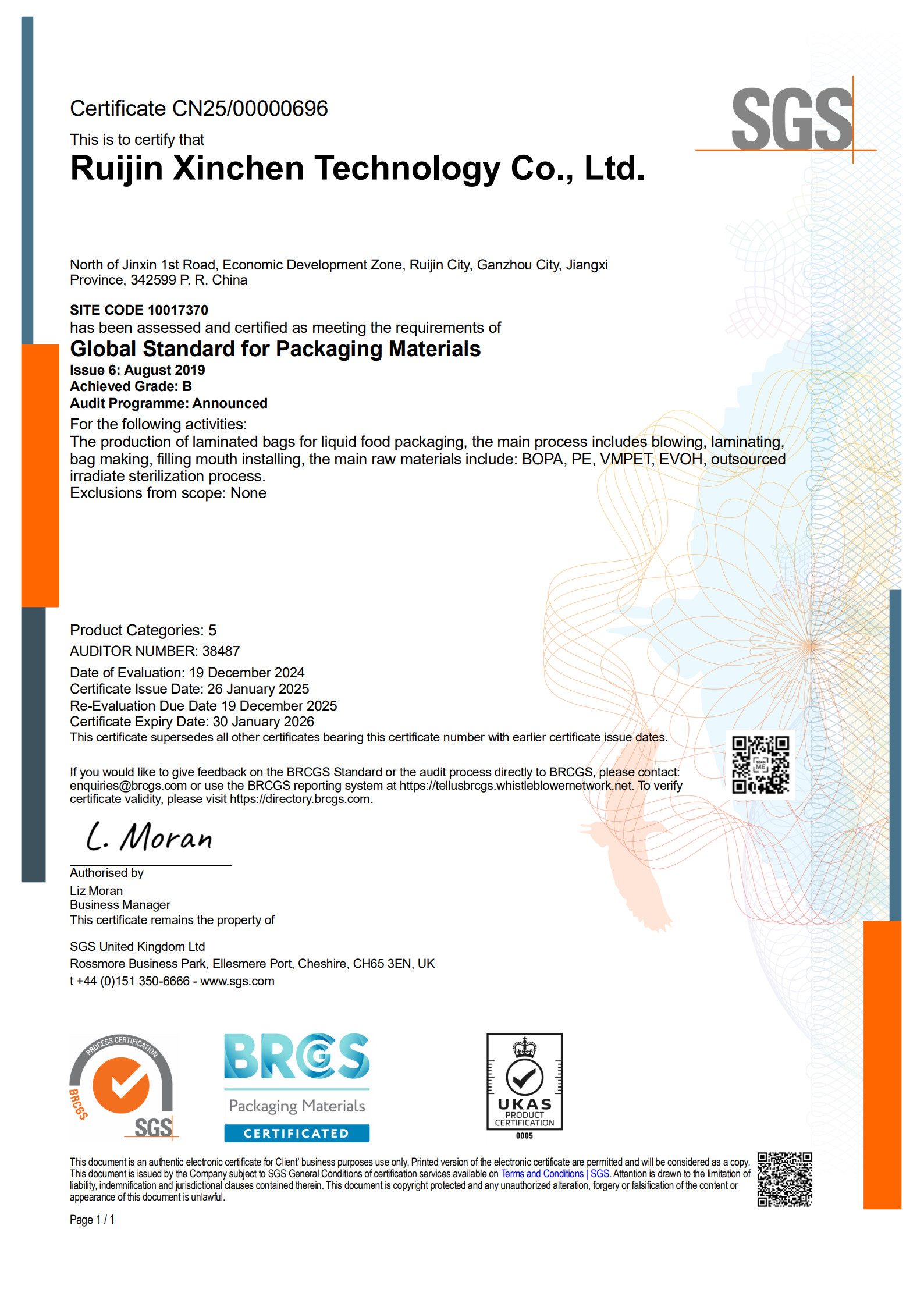
In modern production and life, whether it is medicine, food, or other products with strict requirements on hygiene conditions, they are inseparable from a vital packaging material - aseptic bags. Aseptic bags are like invisible guards, silently guarding every link of the product from production to use, ensuring that it is not contaminated by microorganisms and always maintains the best quality.
Definition and principle of aseptic bags
Aseptic bags are packaging bags that can provide a sterile environment. It is made of polymer materials such as polyethylene as the main raw materials and is made through a series of complex and sophisticated production processes. Its core principle is to build a strong barrier through the compounding of multiple layers of materials, effectively blocking the invasion of microorganisms, oxygen, moisture and other pollutants, so that the products in the bag can be stored and transported in a sterile and stable environment. From a microscopic perspective, the material structure of aseptic bags is like a tightly arranged "molecular fortress", and it is difficult for microorganisms and other tiny particles to find an opportunity to penetrate this line of defense.
Production process: fine manufacturing under strict standards
The production process of aseptic bags can be called an ultimate pursuit of precision and cleanliness. The selection of raw materials is crucial, and their purity and quality must meet strict standards. For example, polyethylene needs to go through multiple purification processes to remove any impurities that may affect the sterility of the product. Next is the film blowing process. In a highly clean workshop, the purified polyethylene particles are blown into a uniform film at a specific temperature. This process requires extremely high control accuracy of parameters such as temperature and pressure. Even slight deviations may affect the quality and performance of the film.

After the film blowing is completed, the tubular film is cut into film cylinders of different sizes according to customer needs, and then heat-sealed to make bags. The heat sealing process is also carried out in a strict aseptic environment. By precisely controlling the temperature and pressure, the edges of the film cylinder are tightly fused to form a well-sealed bag. The sealed aseptic bags also need to be vacuum-packed in multiple layers to avoid contamination during subsequent transportation and storage. Finally, the packaged aseptic bags are thoroughly sterilized using sterilization methods such as gamma rays to ensure that each aseptic bag meets extremely high sterility standards.
Application fields: wide coverage, indispensable
Aseptic bags have a wide range of applications and play an important role in the pharmaceutical and food industries. In the pharmaceutical field, aseptic bags are often used for the transportation and temporary storage of aseptic solid APIs, aseptic pharmaceutical excipients and aseptic preparations.
In the food industry, aseptic bags are also very useful. From juice, jam, dairy products to various concentrates and sauces, aseptic bags can be seen. It can not only effectively extend the shelf life of food, but also maintain the nutritional content, color, taste and flavor of food to the greatest extent. For example, large-sized aluminum-plastic composite aseptic bags are often used to package products such as 5-200 liters of juice concentrate, which is convenient for long-distance transportation and large-scale storage; while small-sized co-extruded film aseptic bags (200-500 ml) are often used to package small foods such as yogurt and pudding. Aseptic bags are also widely used in medical devices, biological products and other fields, providing safe and reliable packaging solutions for these products with extremely high requirements for hygiene conditions.

Advantages are fully demonstrated: multiple victories in quality, cost and environmental protection
Aseptic bags have many significant advantages over traditional packaging materials. In terms of quality assurance, it can effectively extend the shelf life of products, reduce the risk of product deterioration due to microbial contamination, and ensure that consumers can enjoy safe and high-quality products within the shelf life. At the same time, since aseptic bags can better maintain the original characteristics of products, the quality loss of products during storage and transportation is minimized.
From a cost perspective, the lightweight design of aseptic bags reduces transportation costs, and its efficient packaging method also reduces the use of packaging materials, thereby reducing overall packaging costs. Aseptic bags reduce product losses and further save costs for enterprises. In terms of environmental protection, the use of aseptic bags is in line with the concept of sustainable development, reduces the generation of packaging waste, and reduces pressure on the environment. Moreover, some aseptic bag materials can be recycled, contributing to the cause of environmental protection.
In the future, aseptic bags will be used in more fields, and their performance and functions will continue to be optimized and upgraded. It will continue to use innovation as its driving force, play a more important role in ensuring product safety and quality and promoting sustainable development of the industry, and become a dazzling star in the packaging field.

 English
English русский
русский